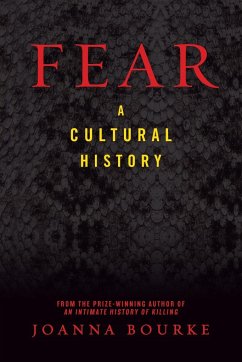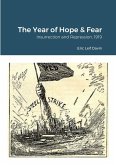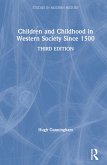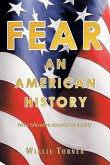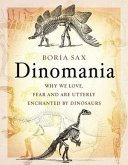Whether we like it or not, an atmosphere of fear pervades modern culture. In America, each day is color-coded for the level of threat; newspapers fill with gloomy news of climate crisis; and the radio and TV bleat with Amber alerts, car crashes, and the war wounded. In this groundbreaking work, award-winning historian Joanna Bourke helps us understand the landscape of fear we now navigate. Her review of the past two hundred years -- from diagnosed phobias to the media's role in creating new ones -- prompts strikingly original observations about the mind and worldview of the "long twentieth century." Blending sociocultural analysis with psychology, philosophy, and popular science, this beautifully written and exhaustively researched book offers an authoritative look at one of humankind's most basic emotions.
Bitte wählen Sie Ihr Anliegen aus.
Rechnungen
Retourenschein anfordern
Bestellstatus
Storno

